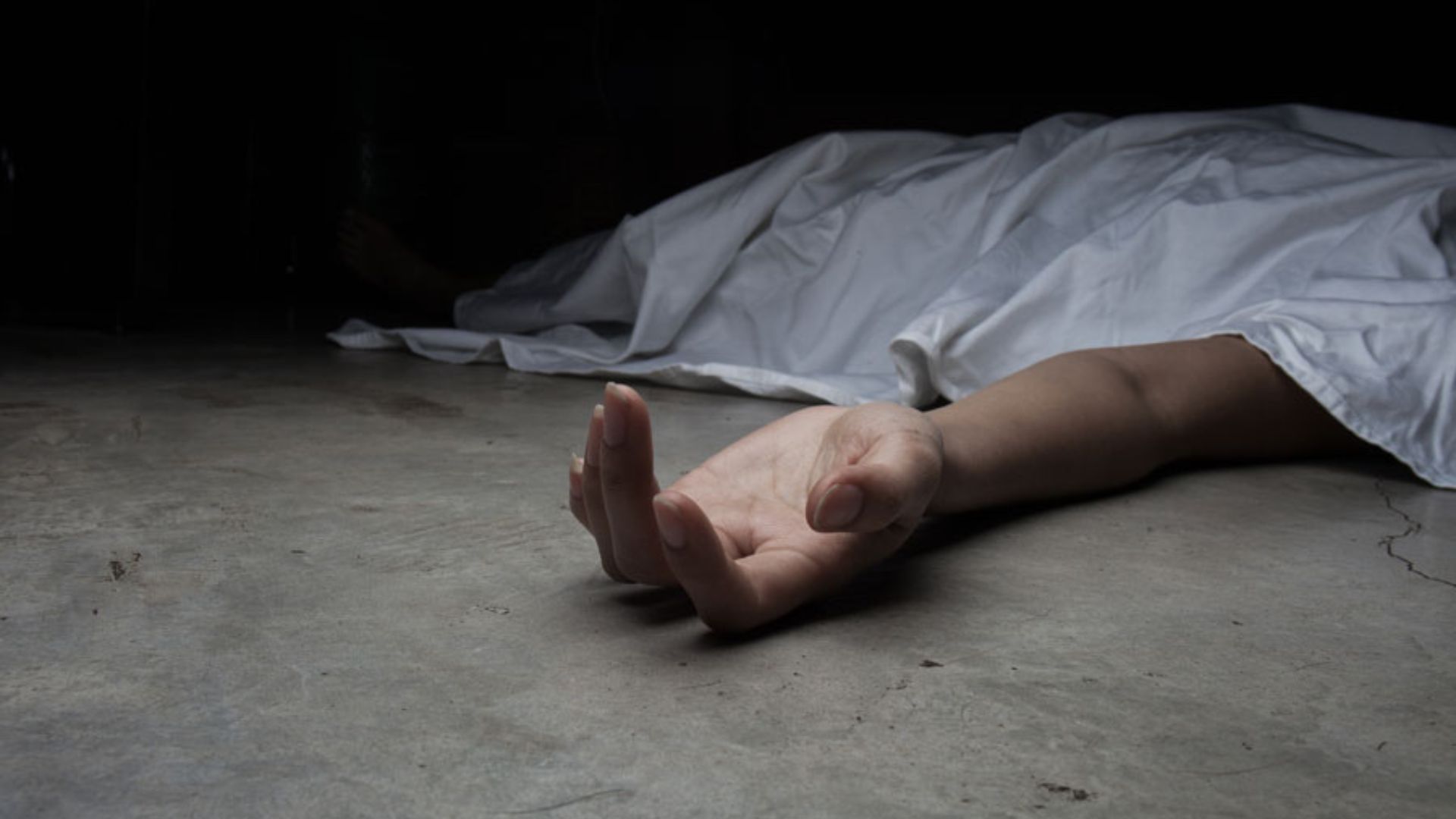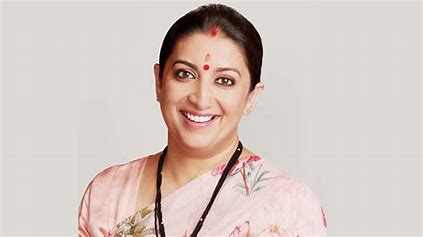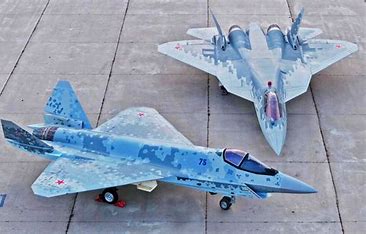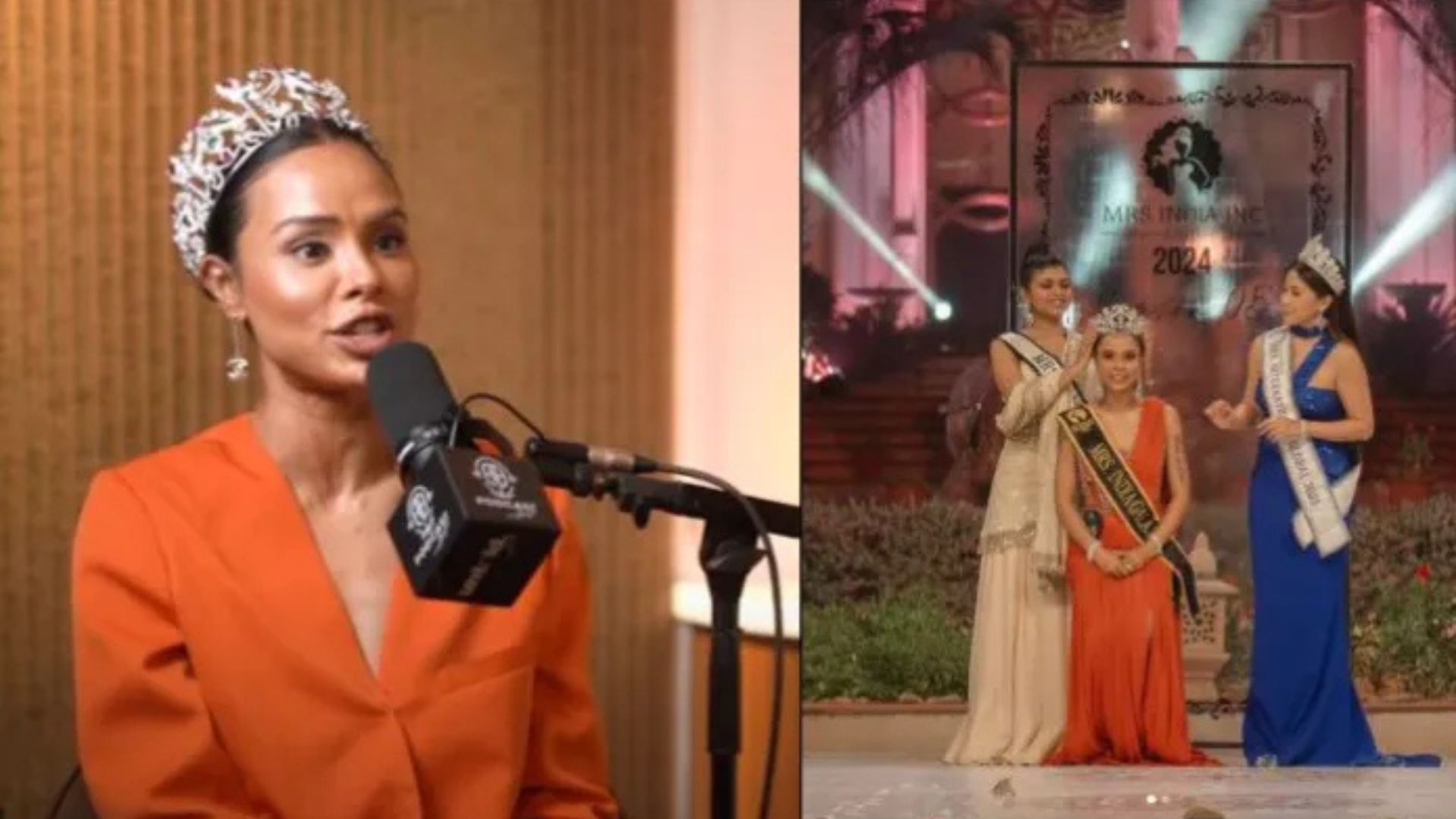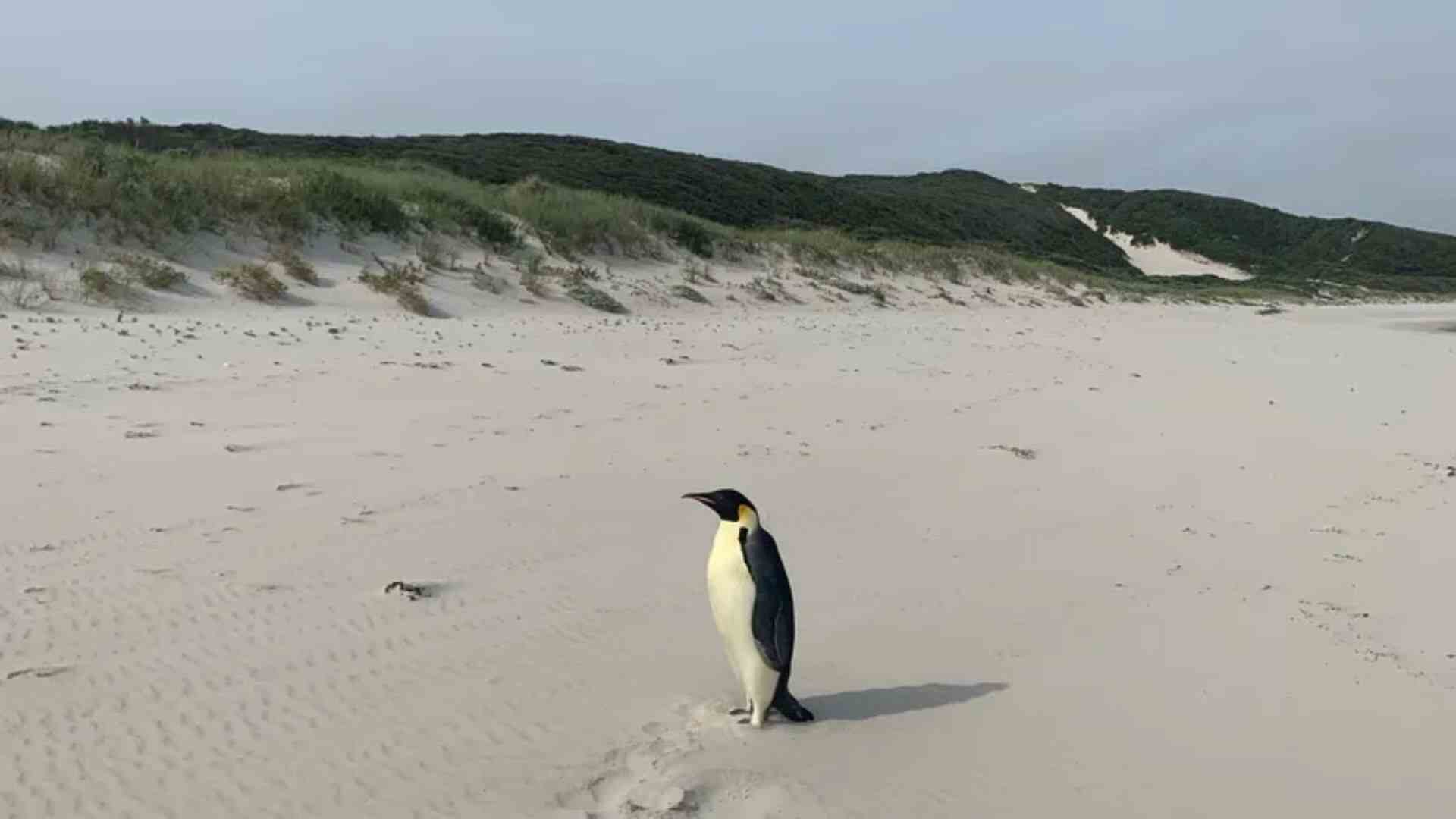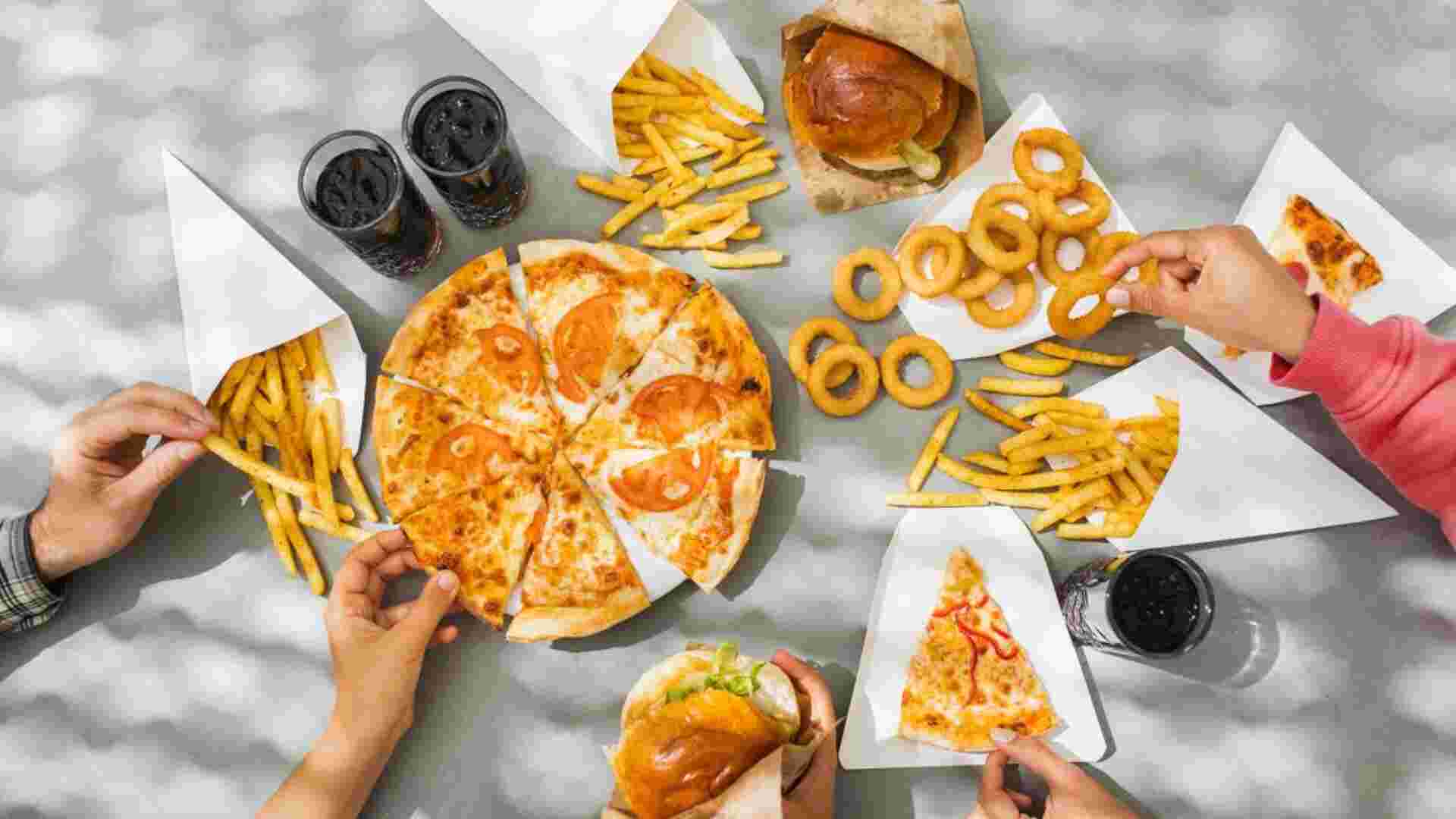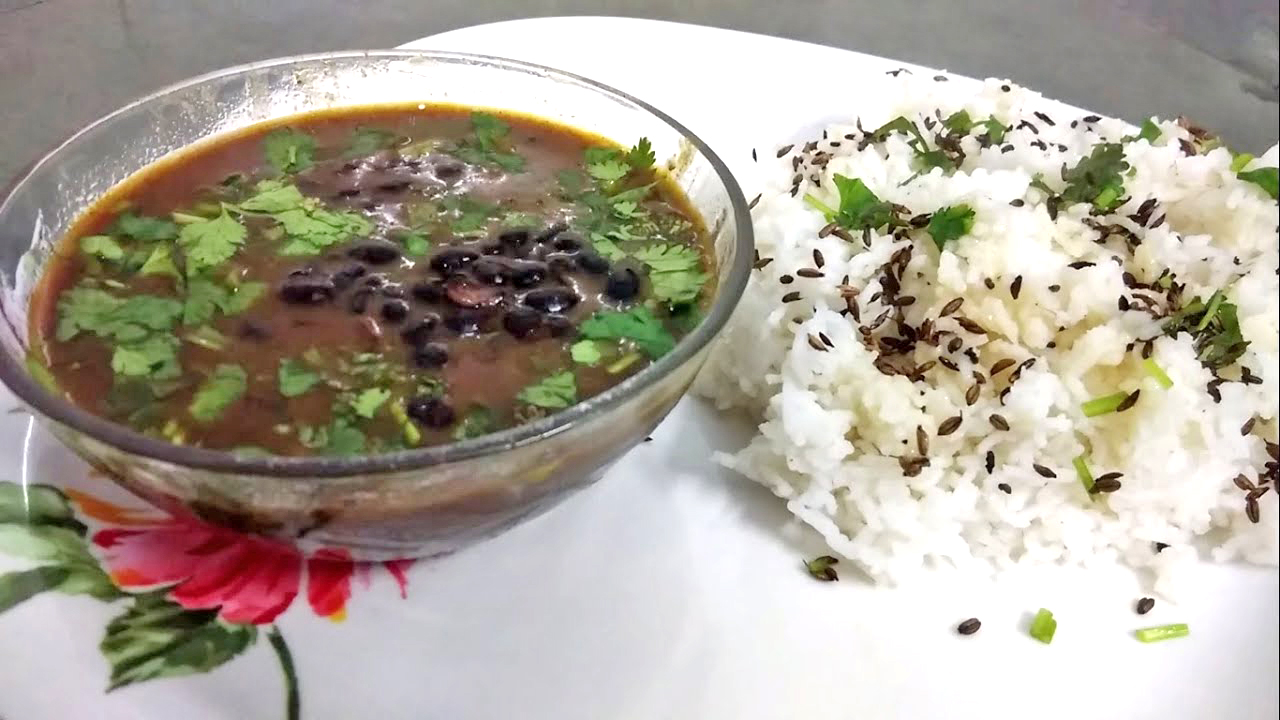
Kumaoni cuisine having come from places in the hills with extremely cold temperatures and where lives involve a lot of physical activity and labour, including working in the fields for long hours, includes foods that are extremely filling, warming and full of nutrition. A staple in the diet is black soya bean called bhattki dal. Bhatt kichurkani is usually eaten at lunch along with boiled rice. It is cooked in an iron wok which adds to the colour and flavour and helps enrich it with iron. Naturally, nothing can match the flavour of the dal you’d get in a Kumaoni village where the dal is cooked on an open wood fire which adds a beautiful smoky flavour to it, but I would still recommend using and iron wok no matter where you are cooking it. Bhatt ki dal is rich in protein, minerals and fibre, and helps in managing diabetes, lowering blood pressure and strengthening bones.
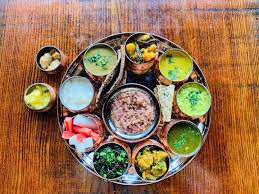
A popular and somewhat interesting meal is bichhookasaag. Bhicchoobuti or stinging nettles grow wild and in abundance around the forests and in any empty fields or ditches. While walking around the forests you definitely want to stay away from these leaves as they give you a horribly stinging rash, but when those leaves are taken and their stings burnt off over a flame before being mashed and seasoned, they make a delicious and healthy saag which is rich in vitamins, iron, magnesium and calcium. It is usually eaten with madua (finger millet or ragi) ki roti. Madua is a gluten-free cereal that is rich in calcium and fibre, and as it digests slowly, maduaka roti keeps you full and gives you the energy you need during cold winters. Another popular dal is gahatki dal or horse gram, it is eaten mostly in winter as it is considered heating, and it is full of nutrients. According to traditional medicine gahat dal also helps with a number of health issues and helps get rid of kidney stones as it acts as a diuretic and also dissolves the stones.
Along with these foods, a popular chutney eaten in winter is bhangeera, made from the toasted bhang seeds and ground on a sil-batta along with spices. All these dishes are rather filling and healthy, and if you have visited the hills before they’re sure to make you nostalgic. Recipes and methods do vary somewhat from area to area, depending on preferences as well as the availability of various ingredients, but I will attach a recipe that you can try out.
Bhatt kichurkani
1 cup bhattki dal, washed and drained
3 tbsp ghee/mustard oil
1 pinch hing
1 tsp jeera
3 tbsp atta
2-3 whole red chillies
1 tsp dhania powder (or crushed whole coriander seeds)
½ tsp haldi powder
1 tbsp ginger-garlic paste
4 cups water
Salt to taste
Method
Heat ghee/oil. Add hing and jeera. When they sputter, add the bhatt. Fry till the dal starts crackling.
Lower heat to medium-low. Add atta, and mix well. Fry the atta-bhatt mixture, stirring constantly, till atta turns light brown.
Add chillies, dhania, haldi, ginger-garlic paste, stirring all the time. Fry for 30 seconds.
Add 4 cups water, mix well so no lumps are formed. Add salt to taste. Reduce heat to low. Let it simmer, stirring occasionally, till bhatt beans are tender – they will remain nutty and al dente – about 30-40 minutes. The brown atta gravy will have turned greenish-black. Add a little water,if needed, to adjust thickness of gravy. Serve with boiled/steamed rice.
